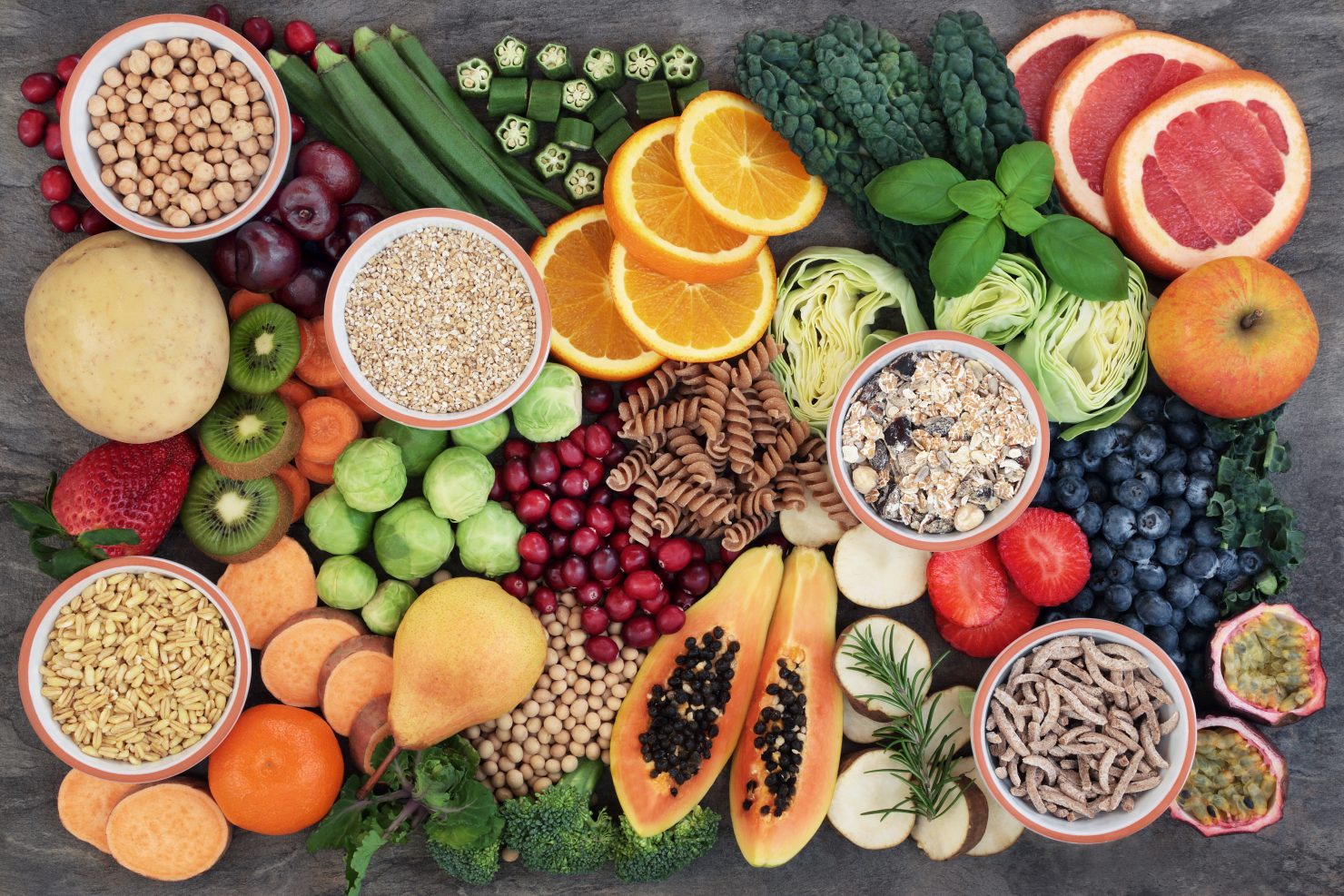What is the Best Diet for the Elderly?
09 Nov, 2021
Physical Wellbeing
Although weight loss is very individual for the elderly, some simple strategies can help you.
1. Work with your doctor to determine a caloric-needs formula that works for you
How many calories you should eat in a day will depend on a few different factors, including your age, size, metabolic health, and activity levels.
Once you determine how many calories you need, with the help of your doctor, you can determine how many calories you should cut to lose weight.
2. Choose natural foods
One dilemma that comes with growing older is that your body needs just as many nutrients as it always has. However, it requires fewer calories. That means eliminating foods that don’t provide nutrients and focusing on natural, nutrient-rich food.
3. Eat plenty of fruits and vegetables
Eating lots of fruits and veggies ensures that you’re getting plenty of vitamins and antioxidants without consuming empty calories. For elderly people, fiber is also important to help with digestion and prevent constipation. One popular strategy for boosting fruit and vegetable consumption is to always fill half of your plate with vegetables or fruit.
4. Watch your portion sizes
You may have noticed that the portions served to us seem to be getting larger. That can lead to distorted ideas of how much food we should eat for a meal or snack. So pay attention to what’s considered a “serving” when you’re looking at a food’s nutritional information.
5. Don’t be afraid of healthy fats
“Healthy” fats are polyunsaturated or monounsaturated fats. In contrast to saturated fats, which can damage your heart health, these fats can help lower your cholesterol levels and protect you against heart disease.
Good sources of monounsaturated or polyunsaturated fat include:
- Some plant-based oils, such as extra virgin olive oil
- Avocados
- Nuts
- Chia seeds
- Ground flax
- Egg yolks
- Some kinds of fish, such as salmon
6. Drink lots of water
As an elderly person, you may have noticed that your sense of thirst isn’t as strong as it used to be. But that doesn’t mean you need less fluid. In addition, some medications can be dehydrating. So pay attention to your fluid consumption and drink some water before meals.
7. Pay attention to your hunger cues
Eat when you’re hungry. Stop when you’re full. Sounds simple, doesn’t it? But this is often one of the hardest parts of a weight-loss plan. Eating at a slower pace can help you recognize when you’ve had enough food. That’s because it can take a while for the brain to register a feeling of fullness.
8. Write it down
A scoop of ice cream, a couple of cookies, or a small slice of cake each seems harmless. However, many people eat more than they realise, particularly when it comes to mindless snacks. The simple act of writing down everything you eat can make you more mindful of what’s going into your mouth. And being more mindful can help you eat less.
9. Get enough vitamins and minerals
When you’re cutting back on food, you can inadvertently reduce the number of essential vitamins and minerals that you consume. But these vital nutrients are crucial to your health. And they can even help with your weight-loss goals. For example, magnesium is good for weight loss because it can help regulate blood sugar. And having stable blood-sugar levels can help reduce cravings for sweets.

By making sustainable, realistic changes to your lifestyle, you can enjoy better health and improved quality of life.
